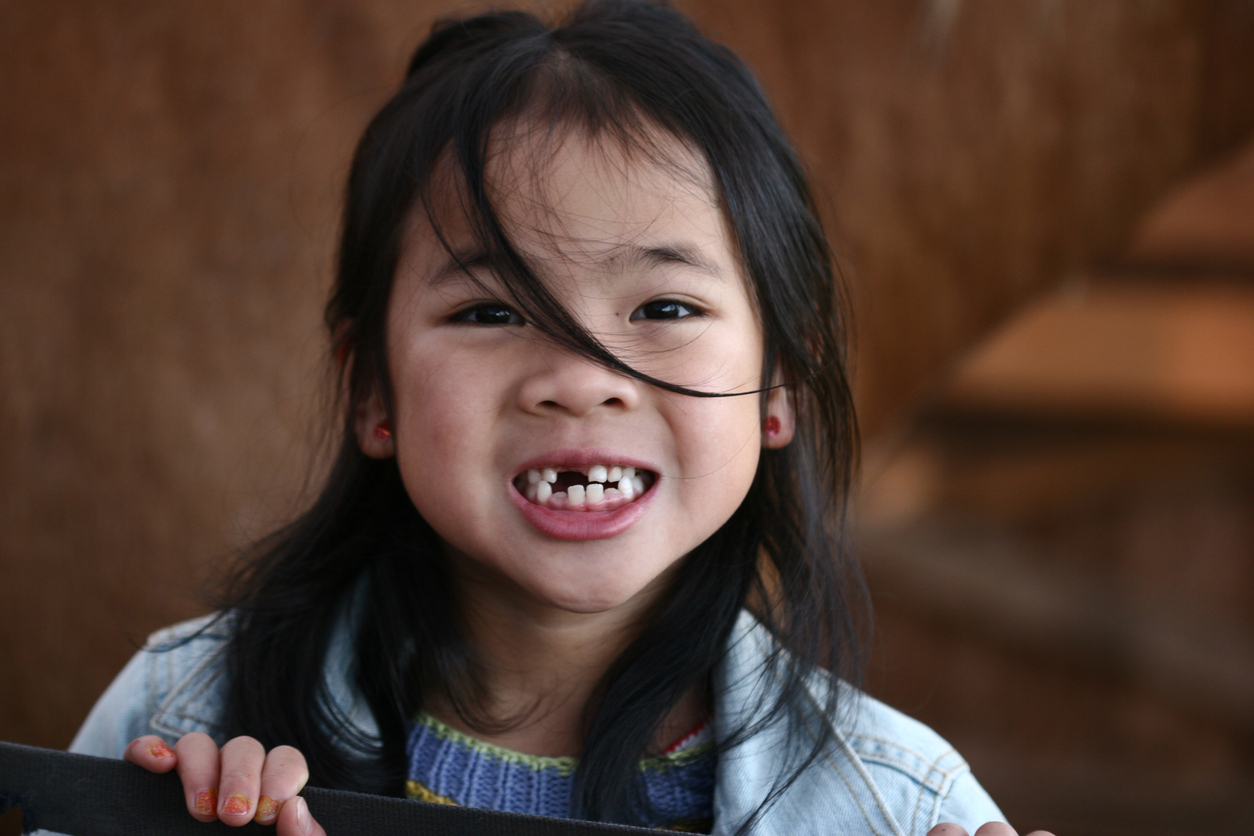Your child may experience issues with tooth alignment at an early age. But how early is too early to take your child for their first orthodontic appointment?
Most kids receive braces between the ages of 10-14, but sometimes it can happen as early as seven. Taking them in for their first check-up with our experts will keep them ahead of the curve if they need orthodontic attention. And sometimes this isn’t always obvious without an x-ray!
Clear aligners and braces for kids can give your child a jumpstart on their dental health before their teenage years begin. Discover the most common orthopedic issues for children, their causes, and how to treat them.
The 5 Biggest Issues to Watch for
When it comes to orthodontic treatment, there are 5 main culprits that kids commonly start experiencing that can happen as early as 7 or as late as 13 years old.
The good news? While not all of this is preventable, every issue we will cover today is treatable at Premier Orthodontics.
1. Crossbite
A crossbite is when your child’s teeth don’t line up when they close their mouth. It can affect a single tooth or groups of teeth, front or back.
Symptoms of a Crossbite:
Because a crossbite happens when your child’s mouth is closed, symptoms of a crossbite won’t be something you can see. An exam or an x-ray at Premier Orthodontics will diagnose this issue.
Causes of a Crossbite:
- Genetics
- Late loss of baby teeth
- Extra unnecessary teeth
- Excessive thumb sucking
- Cleft lip or palate
How to Prevent Crossbite:
Apart from helping your child kick thumb-sucking to the curb, a crossbite is mostly a genetic issue.
How to Treat Crossbite:
Traditional braces or clear aligners gradually alter the alignment of your child’s teeth by applying continuous pressure. These are commonly used to correct a crossbite.
Sometimes, a palatal expansion might also be used. This makes the width of your child’s upper jaw larger which causes the mouth to be much roomier and teeth to fit in properly.
2. Tooth Crowding
Teeth crowding is when there are too many teeth in too small of a space. This can range from mild to severe and can affect your child’s front and back teeth. The severity of tooth crowding is usually based on your child’s jaw size.
Symptoms of Tooth Crowding:
If your child is experiencing tooth crowding, they might feel uncomfortable or have pain coming from their jaw or teeth. This happens because of the excessive pressure the teeth are under when they don’t have enough room to space out.
Causes of Tooth Crowding:
- Genetics
- Tongue thrusting
- Breathing through the mouth
- Facial or dental injury
- Poor dental care
- Cleft lip or palate
How to Prevent Tooth Crowding:
Taking your child on regular dentist trips can help prevent crowding from becoming a severe issue. If your dentist spots tooth crowding, they’ll likely send your child our way for their first orthodontic consultation.
How to Treat Tooth Crowding:
Traditional braces or clear aligners can do wonders to move your child’s teeth into alignment. There is also the option of having the unnecessary baby teeth pulled to make room for the important ones.
But, once the braces come off, it will be crucial for your child to wear a retainer because your child’s teeth can continue to shift out of alignment at any age.
3. Bite: Over, Under, & Open
A bad bite comes in three different forms: over, under, and open. This happens when your child’s teeth meet improperly.
- When your child has an overbite, their upper teeth are too far forward in relation to their lower teeth.
- An underbite is when the lower teeth are in front of the top teeth when the mouth is closed.
- An open bite is when the teeth don’t meet at all when the mouth is closed, leaving an opening or space between the upper and lower arches.
Symptoms of a Bad Bite:
Bad bites can make it harder for your child to eat certain foods. You might also notice a new speech impediment as your little one grows that wasn’t around before.
Only 10-15% of children need orthodontic treatment, but symptoms can be tricky to home in on, and the best way to know if your child falls into this category is by getting a consultation.
Causes of a Bad Bite:
- Genetics
- Crowded teeth
- Poor dental health
How to Prevent a Bad Bite:
- Addressing any overcrowding issues at your next dentist appointment can help get you and your child on the right path to correcting a bad bite.
- Though most of this is caused by genetics, it can be treated.
How to Treat a Bad Bite:
A bad bite can be corrected by moving the upper or lower front teeth into the jaws or by elongating the side and back teeth.
This can be done with either braces or invisible aligners. Our orthodontists will decide which option will give the best results for your child’s very specific case.
4. Protruding Front Teeth
Also known as buck teeth, protruding front teeth occur when the teeth begin to shift or grow in the wrong direction.
Symptoms of Protruding Front Teeth:
- This is usually easy to spot, but not always in children because their baby teeth fall out and adult teeth take time to grow in. So keep an eye on their two front teeth as they grow.
- They can cause chewing, breathing, or speaking issues if the protrusion is severe enough.
Causes of Protruding Front Teeth:
- Genetics
- Tongue thrusting
- Using a pacifier for too long
- Excessive thumb sucking
- Missing teeth
How to Prevent Protruding Front Teeth:
Once your child’s adult teeth have grown in, it’s important to stop them from sucking on their thumb too much. Sucking on the thumb applies pressure to the two front teeth.
But apart from helping your child kick thumb-sucking to the curb, buck teeth are mostly a genetic issue.
How to Treat Protruding Front Teeth:
Unless your child’s overbite is severe and causing discomfort, treatment isn’t medically necessary as it is mostly an appearance issue at that point.
But if you’re not a fan of the look or worry about your child’s confidence level, there are other orthodontic treatment options that can help.
There is no one standard way to treat buck teeth. Our orthodontists can determine the best treatment plan at a consultation.
5. Tooth Gaps
Gaps in your child’s teeth can be perfectly normal, and as they continue to grow, so do their adult teeth. Sometimes the gaps will fill in on their own, but other times treatment is necessary.
Symptoms of a Tooth Gap:
This is the easiest to spot, but it doesn’t take a dentist or orthodontic consultation to diagnose it. You’ll want to pay attention to whether the spaces are getting smaller or bigger over time. And that’s where we come in.
Causes of a Tooth Gap:
This is a natural, genetic issue generally stemming from jaw size.
How to Prevent a Tooth Gap:
Because this is a genetic issue, there isn’t a great way to prevent it. It’s natural, after all!
How to Treat a Tooth Gap:
Fixing gaps is easy with orthodontic treatment but wait until your child’s permanent teeth are in and the tooth fairy visits are over.
Getting the age for orthodontic treatment right is important here because your child’s teeth are still busy shifting around, and some gaps close on their own. Braces or expanders are great options when the time is right.
Why Age 7 Matters
There are many reasons why we advise bringing your child in for their first orthodontic consultation appointment by the time they’re 7 years old.
While this might seem young, most kids have grown their permanent molars by age 7. This means that their back bite will be taking shape.
The orthopedist at Premier Orthodontist can check to see if their teeth need to be straightened and if their teeth alignment is strong. They’ll look at the teeth in relation to how they move front to back and side to side, and if there’s any underbite/overbite.
Checking in early helps us get ahead of structural problems while your child is young and developing. That way, we prevent issues from growing into something a bit harder to correct down the line when they’re an adult.
What to Expect at your First Orthopedic Appointment
Making a consultation for teeth alignment with an orthodontist is the first step toward your child’s healthy, straight smile. Every mouth is different, and teeth are unique. Our orthodontics are here to help.
If your child is younger than 11 or 12, they still have a mix of baby teeth with their adult ones. Because of this, we will mainly be focused on treatment in phases.
Phase one treatment is where our orthodontists look for potential issues in how your child’s teeth line up. We’ll take an x-ray and look at what’s going on beneath the surface of their gums.
Come into Premier Orthodontics today to get a proper diagnosis and learn about treatment plans. We’ll help you decide what will work best for you and your child.
And the best part? When you book with us, your first consultation is free.

